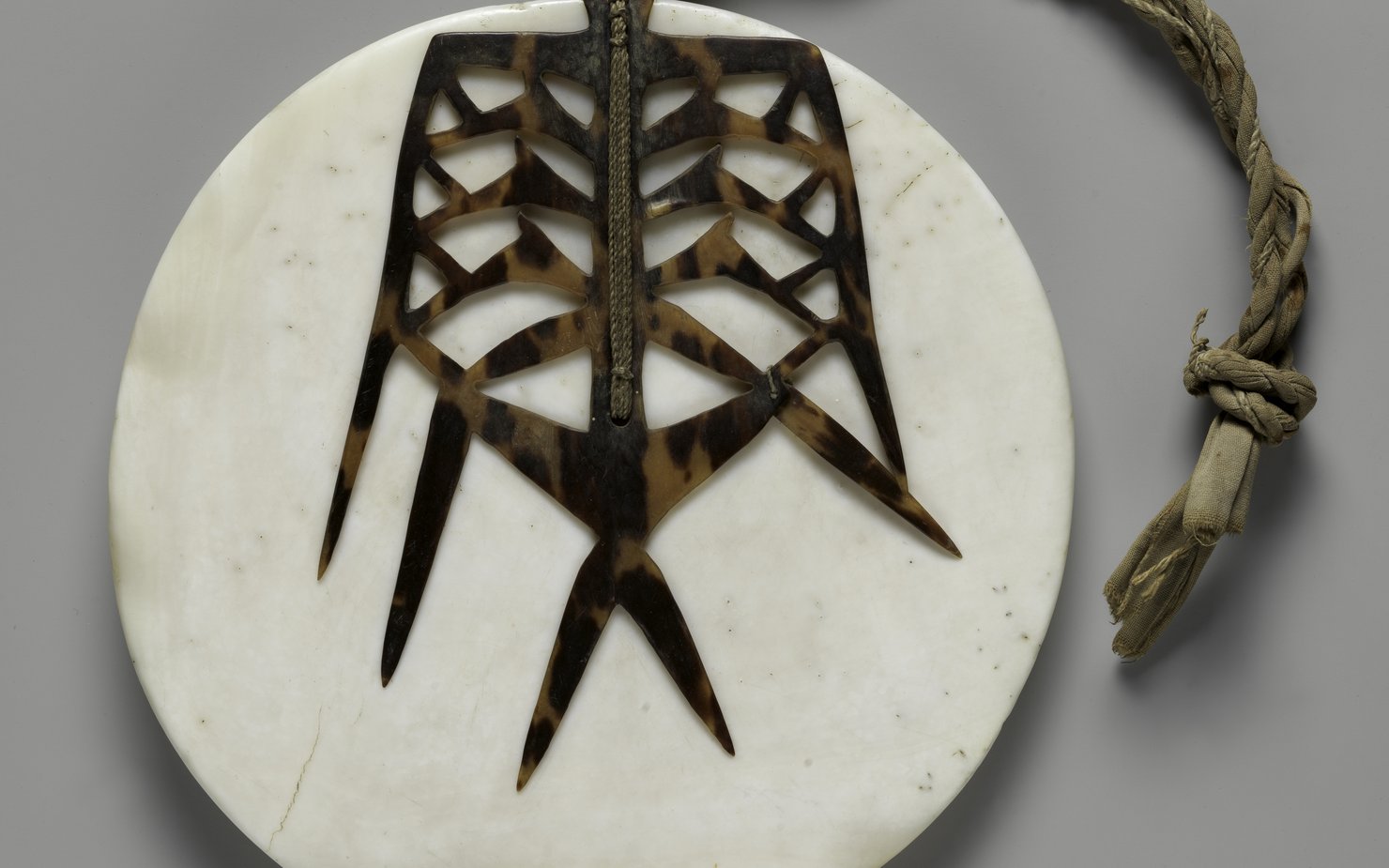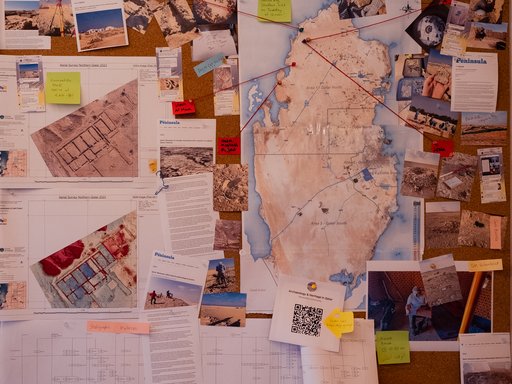Vast and expansive, the Pacific Ocean is the largest and deepest ocean on the planet — spanning almost one third of the globe. For Islanders who live in the region, the ocean is a deeply interconnected highway — one that links and joins communities, rather than separates them — binding them into the vital networks of exchange and encounter that are a hallmark of the region.
The Shape of Time: Art and Ancestors of Oceania from The Metropolitan Museum of Art presents compelling artworks created by descendants of the early Austronesian voyagers who settled this last region of the globe in waves of migrations that began 3,500-5,000 years ago. Like the canoes that conveyed Islanders to new homelands, the arts of Oceania are also vessels: a means to acquire knowledge or stage journeys into other realms. Their assembly can reorganise time, blending and fusing the 'now' together with the 'past' and 'future'. Ancestor figures, woven textiles, masks and shields — these varied and remarkable vessels serve as a focal point for ceremonies and rituals that guide important transitions across literal and spiritual borders.
All the works in the exhibition were created by generations of artists working within the past four centuries and up to the present day. Bound by common ancestry, their spectacular creations in wood, bark, fibre, shell and bone tell a multitude of stories relating to origins, ancestral power, ceremonial knowledge and performance. The exhibition is organised according to island groups in a suite of galleries that explore ideas about voyaging, ancestral connections, and Indigenous temporalities, offering us not only a bridge into the past but a glimpse of ongoing manifestations of agency in the present.




